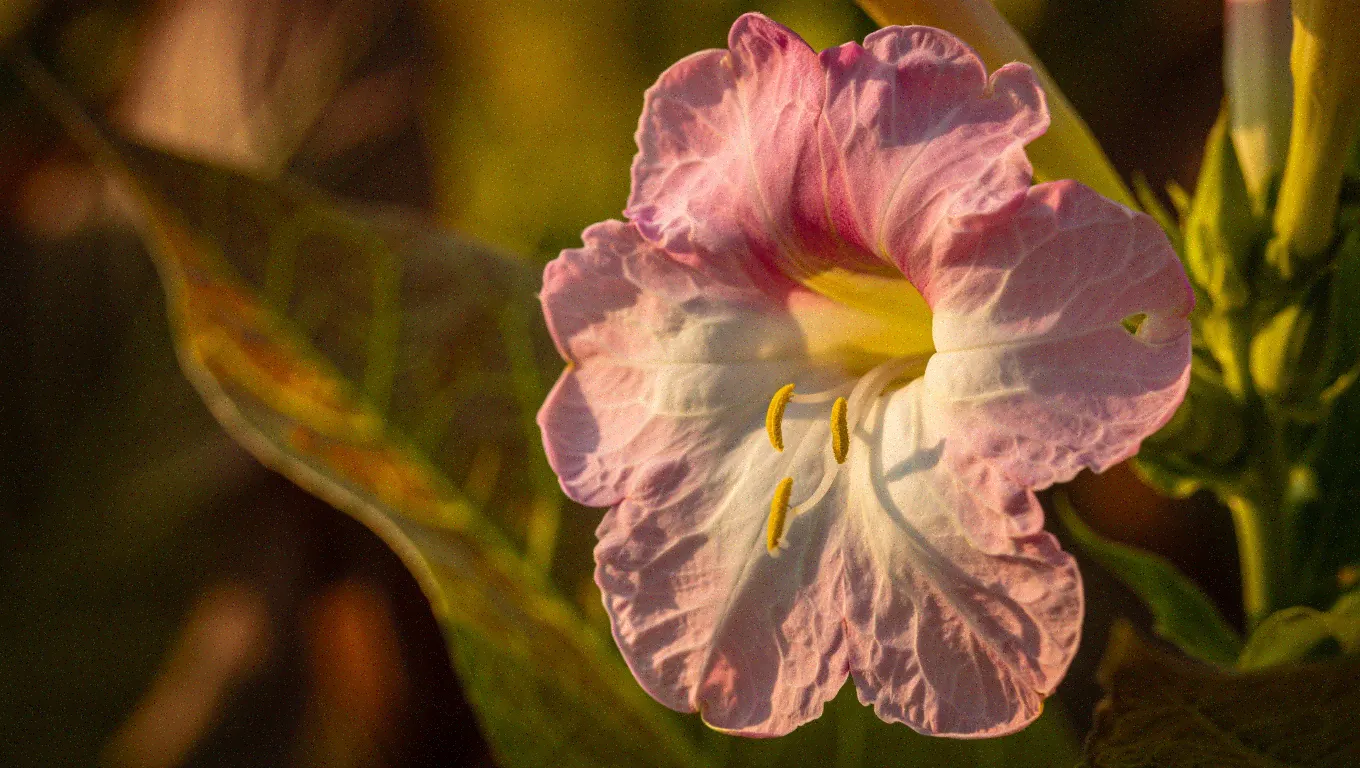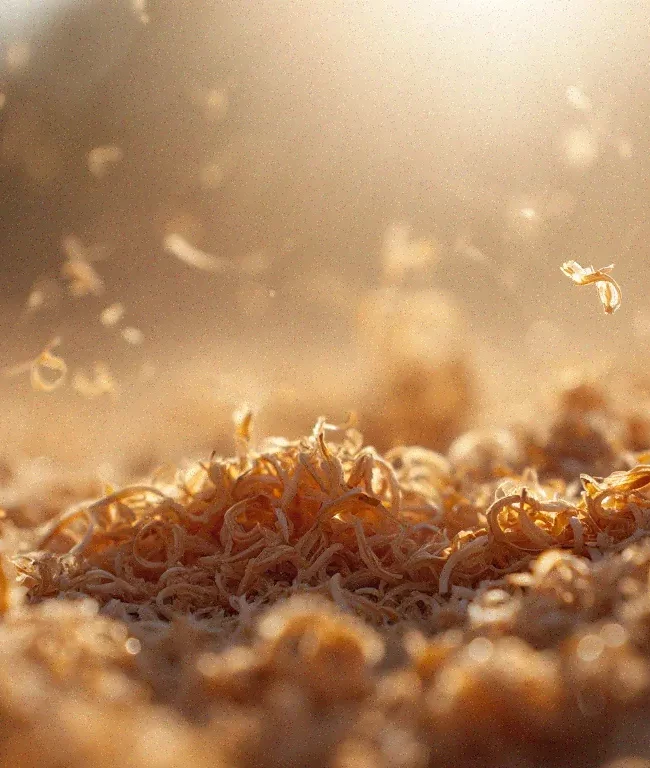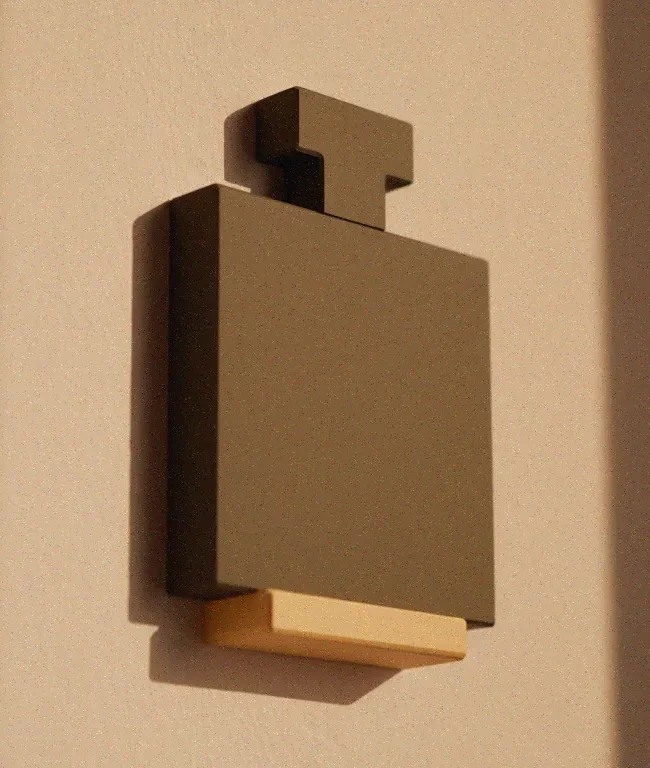
Technical Guide to Tobacco Accords in Perfumery
Tobacco in perfumery offers extraordinary complexity spanning sweet-gourmand to dry-leathery profiles, with natural absolutes providing rich depth while synthetics enable modern clean interpretations. The key to successful tobacco formulation lies in balancing coumarinic sweetness with woody dryness, using proper dilutions (typically 10% for absolutes), and allowing 2-4 weeks maturation. Modern floral-powdery tobacco accords emphasize heliotropin, orris, and soft musks at 60% sweet to 40% dry ratios, while traditional approaches favor darker animalic-leathery profiles.
Understanding Tobacco’s Olfactory Architecture
Natural tobacco absolute represents one of perfumery’s most complex materials, containing over 100 identifiable odorants spanning woody-hay top notes through honeyed-fruity heart notes to leather-chocolate-vanilla base notes. The material requires 10% dilution in triethyl citrate or dipropylene glycol for workability due to its semi-solid viscosity and near-repulsive undiluted character. When properly diluted, tobacco absolute reveals antique wood, dried fruits (plum, cherry, apricot), honey, tea, chocolate, vanilla-tonka complexes, and earthy-mossy undertones with exceptional longevity exceeding 400 hours on smelling strips.
Three principal varieties offer distinct profiles. Virginia tobacco provides lighter, brighter, sweeter character with semi-dried plum, chocolate-covered fig, green tea, and sweet clover notes—ideal for fresh gourmand masculines. Burley tobacco delivers the darkest, richest, most fruity profile with caramel, tonka bean, dried fruits, and cedar humidor warmth, resembling freshly unwrapped cigars and excelling in smooth refined accords. Oriental/Turkish tobacco offers the driest, most mature character with pronounced hay, Virginia cedarwood, cigar richness, and musty cotton tonality, creating authentic aged tobacco effects in dry fougères.
The Chemistry Behind Tobacco’s Character
Key odorants in tobacco absolute derive primarily from carotenoid degradation products. β-Damascenone contributes the highest odor activity value, providing floral, rose-like, dried fruit notes that only emerge after dilution and aging. Megastigmatrienone delivers the characteristic tobacco smell—warm, hay-like, spicy facets that perfumer Arcadi Boix Camps ranked among “elite chemical products including Hedione and ionones.”
Nitrogen-containing heterocycles, particularly pyrazine derivatives, create nutty roasted tones essential for authentic tobacco character. 2-acetylpyrazine provides powerful popcorn-chocolate-nutty bread notes at extreme dilutions (0.1% in carrier, used at 0.001-0.1% in formulations). Terpenoids including linalool and geranyl acetone, phenolic compounds like guaiacol and eugenol, and lactones such as gamma-undecalactone complete the complex aromatic profile.
Tobacco Flower Versus Tobacco Leaf Profiles
Tobacco flowers present a fascinating olfactory divergence from cured leaves. Nicotiana alata (jasmine tobacco) blooms offer extremely delicate yet rich sweet spicy-floral character reminiscent of carnation with fresher, almost fruity notes similar to white phlox and sweet William. The flowers contain strong salicylate character with cresylic undertones, creating violet-like powderiness, clove-like spice, dried fruit facets, and gourmand qualities completely lacking the smoky, hay-like, leather notes of leaf tobacco.
For accord reconstruction without rare absolute, combine carnation notes as foundation, benzyl salicylate and hexyl salicylate (3-5% combined), para-cresyl phenyl acetate for cresylic undertones (0.5-1%), violet materials using ionones (2-5%), jasmine facets, clove/eugenol (1-2%), green notes, and honey nuances. This creates authentic tobacco flower character—floral-fresh-spicy rather than dried-fermented-earthy.
Natural Materials for Tobacco Accord Construction
Hay Absolute
Hay absolute (foin coupé) provides powerful coumarinic-sweet-herbaceous character essential for authentic tobacco accords. Supplied at 10% dilution in TEC due to extreme viscosity, hay absolute offers 400+ hour longevity. IFRA 51 restricts hay absolute to 25% maximum in Category 4 finished products. In tobacco formulations, use 2-5% of the accord (0.3-1% in final fragrance when diluted).
Immortelle Absolute
Immortelle (Helichrysum italicum) absolute offers extraordinary complexity with warm hay-like top notes, sweet caramel-tobacco leaf-honey character, and curry-like herbaceous-maple syrup heart. Very high odor strength requiring careful dosing at 0.1-2% in tobacco accords. Dilute 1:1.8 with 95% ethanol by mass for easier handling or at 10% in alcohol for precision blending.
Davana Oil
Davana (Artemisia pallens) oil provides sharp penetrating bitter-sweet warmth with mulled wine character and fruity-berry facets. Very high odor strength means small amounts (0.5-2% of tobacco formulations) have profound effects. Use at 10% dilution in carrier for precision with effectiveness even at trace amounts.
Supporting Botanicals
- Labdanum absolute: Provides balsamic-woody-leathery-sweet backbone. Use 2-10% in tobacco formulations.
- Benzoin absolute: Offers soft balsamic warmth with sweet vanilla-like character. Use 1-5% in formulations.
- Clary sage: Contains natural tobacco-like undertones. Use 0.5-3% in tobacco formulations (up to 5% as fixative).
Synthetic Aromachemicals
Coumarin
Coumarin represents the fundamental tobacco aromachemical, present in 90% of all fragrances with sweet herbaceous-warm hay-like tobacco character. IFRA 51 restricts coumarin to maximum 1.5% in Category 4 fine fragrance. Modern tobacco formulations typically use 13-30% in tobacco accord concentrates, translating to 2-6% in final perfumes.
Vanillin and Ethyl Vanillin
Vanillin delivers sweet warm creamy powdery vanilla character with no IFRA restrictions. Typical usage in tobacco formulations spans 2-8% of accord concentrates. Ethyl vanillin provides approximately 3.5 times stronger vanilla intensity than vanillin. Use proportionally less due to higher potency. Recommend 10% dilution in DPG for easier handling.
Ethyl Maltol
Ethyl maltol provides intensely sweet burnt cotton candy character—4-6 times stronger than maltol. Highly recommended: 5-10% dilution before use due to extreme potency. In finished compositions, maximum 0.1-2%.
Tobacco-Specific Aromachemicals
- Tabanon/Megastigmatrienone: Use at 1-10% dilution, applying resulting solution at 0.1-1% in formulas.
- Pyrazines: Create nutty roasted smoky tobacco character. Use in trace amounts—0.001-0.1% in final formulations.
- Kephalis: Provides modern woody-ambery tobacco-like cedar character at 1-3% in modern formulations.
- Tobacarol: Offers tobacco-woody-amber character at 0.5-2% for authentic depth.
Creating Floral-Powdery Tobacco Accords
Iris and Orris
Orris materials represent perfumery’s most expensive naturals, offering powdery-earthy-rooty-woody character with violet flower nuances. More practical usage: orris butter at 0.5-3% in tobacco accords, orris resinoid at 0.1-1%. Often diluted to 10% in alcohol for easier handling.
Heliotropin
Heliotropin delivers almond-smelling vanilla-like character with cherry-like sweetness and powdery balsamic smoothness. IFRA restricts to maximum 8% in perfume concentrate; typical usage in tobacco spans 0.5-5%, with powdery tobacco bases using up to 30% in the base accord.
Ionones and Violet Materials
Ionones serve as core components of tobacco scent chemistry as carotenoid derivatives naturally present in tobacco absolute. Beta-ionone most commonly used; apply 20-40% of total tobacco accord for structural backbone.
Methyl Laitone
Methyl laitone provides lactonic-creamy-coconut milk-coumarinic-powdery character. Extremely powerful—always supplied as 10% solution for safety. In final formulas, use only 0.01-0.1% but extremely effective for modern clean tobacco interpretations.
Formulation Examples
Classic Givaudan Tobacco Accord (total 1000 parts):
Dihydro Ionone Beta.......................... 400 (40%)
Okoumal...................................... 200 (20%)
Methyl Laitone 10%........................... 160 (16%)
Cedarwood Oil................................ 50 (5%)
Ebanol....................................... 50 (5%)
Exaltolide................................... 50 (5%)
Clary Sage Oil............................... 40 (4%)
Vanillin..................................... 20 (2%)
Eugenol...................................... 15 (1.5%)
Safraleine................................... 12 (1.2%)
Damascenone Total............................ 3 (0.3%)
Use this concentrate at 10-30% in final fragrance for classical dry tobacco character.
Dilution Ratios and Guidelines
Tobacco absolute standard dilutions: 10% in TEC or DPG most common. Effective at 1-10% in final accord.
Usage rates in final fragrance: Trace amounts at 0.1-0.5% for depth; moderate at 0.5-2% in tobacco-themed fragrances; maximum 3%.
Layering Methodology
- BASE LAYER (50-60%): Woody-amber materials—Cedarwood, Okoumal, Ambroxan, Vertofix
- HEART LAYER (20-30%): Character materials—Ionones, Coumarin, Tonka, Tobacco Absolute
- TOP LAYER (10-20%): Accents—Clary Sage, Damascenone, Eugenol, Vanillin
- TRACE LAYER (<5%): Signature materials—Hay, Saffron, Quinolines
Maturation Timeline
Maturation proves critical for tobacco accords. 24 hours allows basic profile to emerge; 1 week shows accord beginning integration; 1 month represents full maturation revealing true character. Always test at same dilution (typically 10% in alcohol). Store in dark glass bottles at cool locations (15-20°C).
Balancing Sweet Versus Dry Profiles
The 60/40 sweet-to-dry ratio provides versatile starting point. Sweet elements include vanillin, tonka, lactones, honey notes, and benzoin. Dry elements encompass cedar, vetiver, hay, clary sage, and quinolines.
For sweet tobacco: Increase vanillin to 3-5%, coumarin/tonka to 5-10%, gamma-lactones to 1-3%.
For dry tobacco: Increase cedarwood to 8-15%, vetiver to 3-5%, clary sage to 5-8%; add hay absolute 2-5%.
IFRA Compliance and Safety
Key restrictions:
- Coumarin: Maximum 1.5% for Category 4 fine fragrance
- Damascenone: Use at 0.3-0.5% maximum in accord
- Eugenol: Limited to 2.5% in leave-on products
- Heliotropin: Restricted to maximum 8% in perfume concentrate
Always calculate IFRA limits based on raw material percentages, accounting for dilutions with limits applying to final product on skin.
Conclusion
Successful tobacco accord construction balances natural complexity with synthetic precision, requiring proper dilutions (10% standard for absolutes), patience during 2-4 week minimum maturation, and understanding that most modern tobacco accords function as “impressionistic” interpretations. The coumarin-ionone-cedar trinity forms structural backbone with damascones providing tobacco character emerging only after dilution and aging.
For floral-powdery modern tobacco, emphasize heliotropin 5-8%, iris 1-3%, soft musks 15-20%, reduced woods, and increased sweetness. Less proves more with tobacco absolute at 0.5-2% in final formula often sufficient. Balance sweet versus dry elements starting with 60/40 ratio, testing at multiple timepoints as maturation shifts profile.




